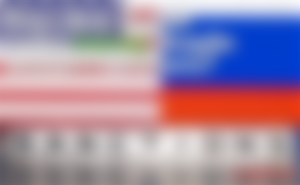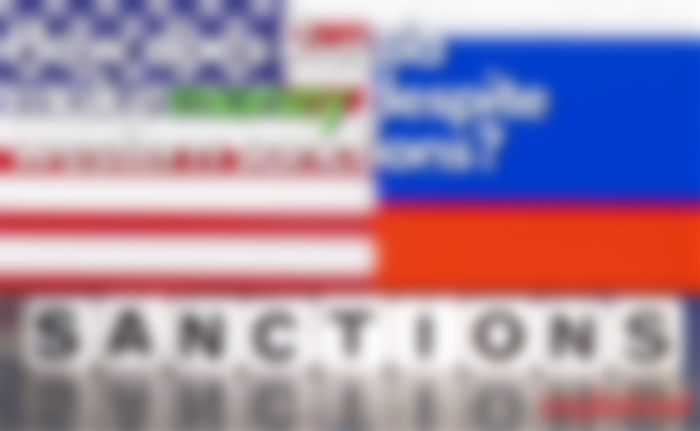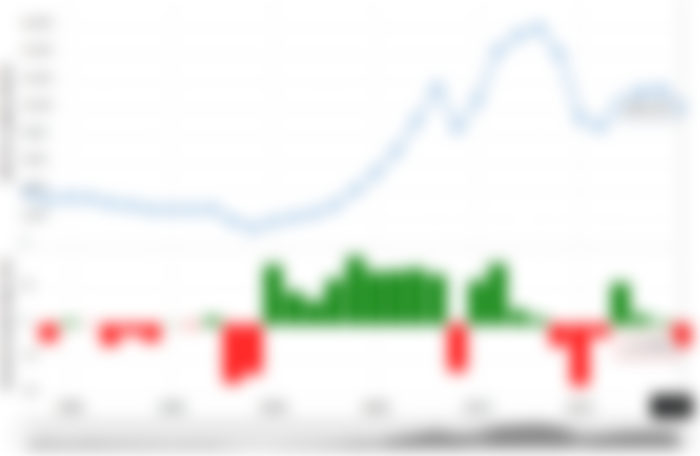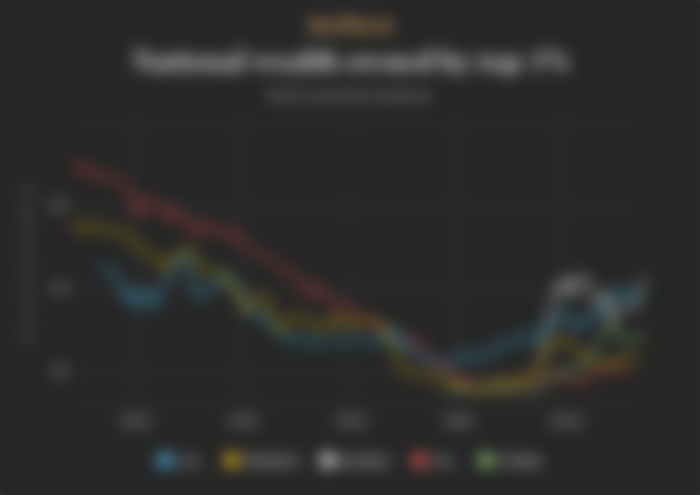Explained: How does Russia make money despite western sanctions?

On 24th February 2022, Russia's invasion of Ukraine began. Russia has the biggest nuclear arsenal in the world so the western countries are treading very carefully with their response. The western countries are putting multiple economic sanctions on Russia to cripple its economy and In order to contain Russian advances in Ukraine. These sanctions are one-of-a-kind and one of the toughest the world has ever seen. Some of the Russian banks have been cut off from the international payment system swift and the nations are seizing the properties of Russian oligarchs. Hundreds of brands like McDonald’s and shell have left the country. The wide-ranging sanctions imposed by the West do seem to be working. The Russian currency ruble has been in free fall for the past one month, and as of the time of this writing, one dollar equals 106 rubles. (This value may change because I write some of my articles days in advance and share them later.) It is estimated that the Russian economy could shrink by up to 7% as a result of sanctions. For comparison, that's almost double the amount the U.S. economy contracted during the Great Recession in 2008. Russians line up at ATMs and desperately try to convert their rubles into stable assets such as fixed goods or other currencies.

russia GDP chart, macrotrends
In 2020, Russia’s gross domestic product or GDP was 1.46 trillion U.S. dollars. This makes Russia the 11th largest economy in the world by nominal GDP. In terms of GDP, Russia follows much smaller countries such as the UK, Italy, and France. Per capita income of Russia is $27,550. Russia's foreign exchange reserves are the world's fifth-largest and It has a labor force of roughly 70 million people, which is the world's sixth-largest. The unemployment rate in Russia was at 5.73 percent in 2020 which is significantly lower than two decades ago.
The wealth inequality in Russia is the highest among the world’s major economies. The richest 10% own 87% of Russia's wealth. It is estimated that 12.1% of the Russian population lives below the poverty line which roughly equates to 17 million people. The sanctions imposed by the west are expected to make huge long-term impacts on the Russian economy. So how strong is the Russian economy? And how does Russia make its money?

russia income inequality chart, meduza
Following the collapse of the Soviet Union in 1991, Russia underwent a radical transformation, moving from a centrally planned economy to a globally integrated market economy. But the privatization processes were corrupt and haphazard. This handed over large state-owned firms to politically linked "oligarchs", which in turn intensified the ownership of equity. Post-Soviet business oligarchs included relatives or close associates of government officials. Even crime bosses and government officials are generally associated with the Russian government. Some members of these groups have made great fortunes by acquiring government assets very cheaply or for free during the privatization process controlled by the Yeltsin government.
With the deep corruption affecting the privatization process, the result was disastrous, with real GDP falling by more than 40% by 1999, hyperinflation that wiped out personal savings, and the rapid spread of crime. This was accompanied by a drop in the standards of living, including surging economic inequality and poverty, along with increased excess mortality and a decline in life expectancy. In 1990s, Russia was the "biggest borrower" from the IMF, with a 20 billion us dollar loan. Then Vladimir Putin came to power. Putin's luck was that he was elected president by President Boris Yeltsin in 2000, shortly after Russia's transformation into a market economy was adequately completed, so the country achieved high economic growth of 6.4 percent in 1999.

russia's GDP growth graph, researchgate
The three years 2000 to 2002 were characterized by progressive economic reforms. Most impressive were the Putin's comprehensive and radical tax reforms. The progressive personal income tax, which had reached 30 percent, was replaced in 2001 by the flat income tax of 13 percent. In 2001, corporate tax was reduced from 35% to 24%.
Russia's vast geography is an important determinant of its economic activity, and some sources estimate that the country contains over 30% of the world's natural resources. The lifeline of Russia’s economy is its oil and gas sector. The sector accounts for roughly 40% of Russia's federal budget revenues, and up to 63% of its exports. Russia is commonly defined as an energy superpower; because it has the world's largest natural gas reserves, second-largest coal reserves, and eighth-largest oil reserves. The country is the world's third-largest oil producer after the United States and Saudi Arabia. Russia accounts for 11 percent of the total world oil production.

Russia is a key oil and gas supplier to much of Europe and that’s why Europe is very hesitant to ban Russian oil and gas as part of the sanctions. This graph shows the countries that are most dependent on Russian gas. Whatever the source of energy, the Russian government controls it, resulting in indescribable profits for the oligarchic class of the nation. For instance, the Russian government owns slightly more than 50 percent of Gazprom, the world’s largest natural gas extractor company, whose chair happens to be the former prime minister of Russia, Viktor Zubkov.
Russia is also a leading manufacturer and exporter of minerals and gold. Russia is the largest diamond-producing country in the world, estimated to produce over 33 million carats, or 25% of the global production in 2013, exceeding $3.4 billion, and state-owned ALROSA accounts for about 95% of all Russian production. General metals and minerals account for approximately 10% of Russian exports. Other key exports include chemical products, machinery, transportation equipment, and food.
Russia's agriculture sector contributes about 5% of the country's total GDP, although the sector employs about one-eighth of the total labor force. Russia has the world's third largest cultivated agricultural area. However, due to harsh environmental conditions, only 7.4% of its land is arable. The main product of Russian farming has always been grain, which covers significantly more than half of the cultivated area. Russia is the world's largest exporter of grain and wheat. Here's what Russia's export graph looks like.

russia's export chart by goods, wikimediacommons
In 2019, Russia earned $429 billion from its exports. The European Union and China are the main trading partners of Russia. in 2020, 28% of its total exports went to the EU and 12% went to China. Europe imports 83% of Russian gas, but after the invasion, EU countries decided to reduce their reliance on Russian energy. The bloc has committed to completely phase out Russian energy imports by 2030. USA has already banned Russian energy although it's not going to have a lot of impact on the Russian economy as USA imports only 8% of its total oil from Russia.
Thanks to the soaring oil and gas prices in the early 2000s Vladimir Putin was able to boost the Russian economy and build his multibillion-dollar empire. But the Russian economy has been very sluggish for more than half a decade owing to the fall in global energy prices and the sanctions imposed by the West over its annexation of Crimea. The new wave of sanctions is like the final nail to the coffin of the Russian economy. It will be difficult to predict how effective the sanctions will be in the short term, but one thing is for sure. Vladimir Putin is the person responsible for the potential death of the Russian economy.





